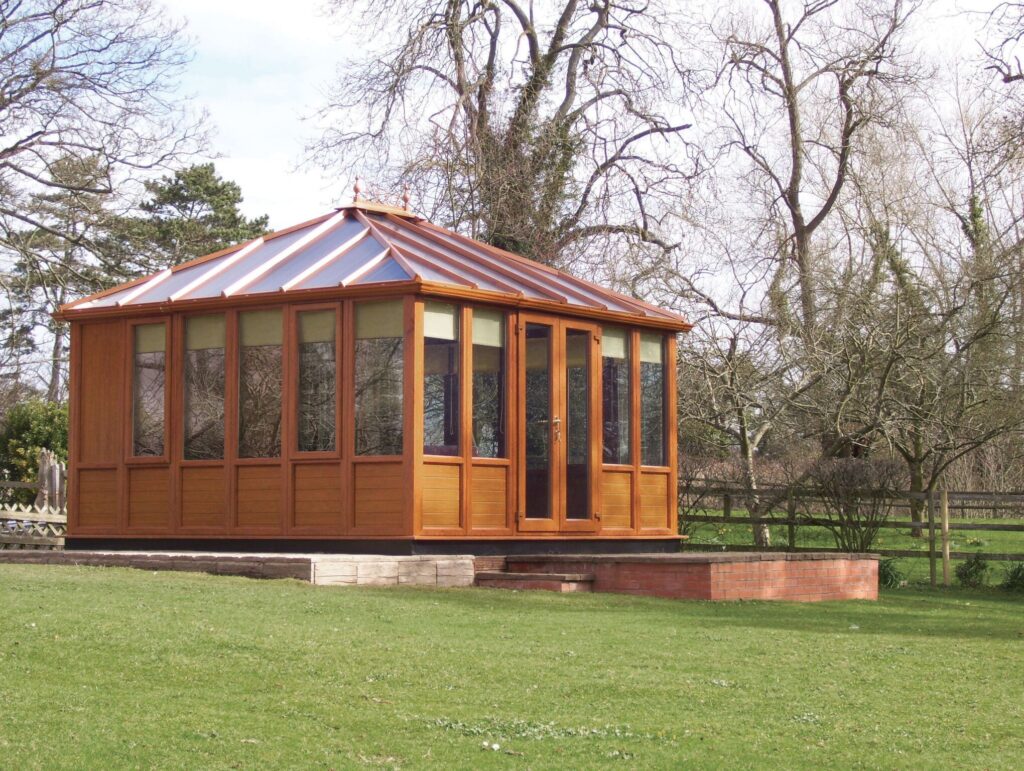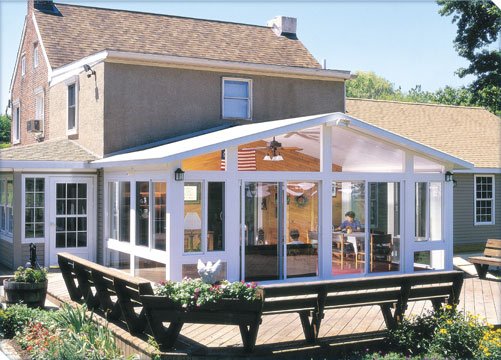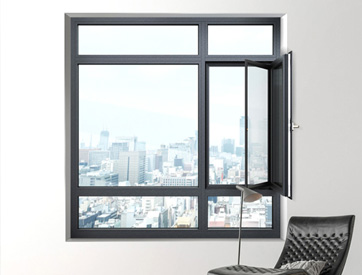Creating a cozy sunroom to enjoy the seasons
A sunroom is a room or building structure surrounded by transparent or semi-transparent materials (e.g. glass, plastic, etc.), usually used to allow more natural light into the room and provide a warm, bright environment. It is a form of architecture that combines modern architectural design with natural elements and can be used as a living, recreational, greening or viewing space.
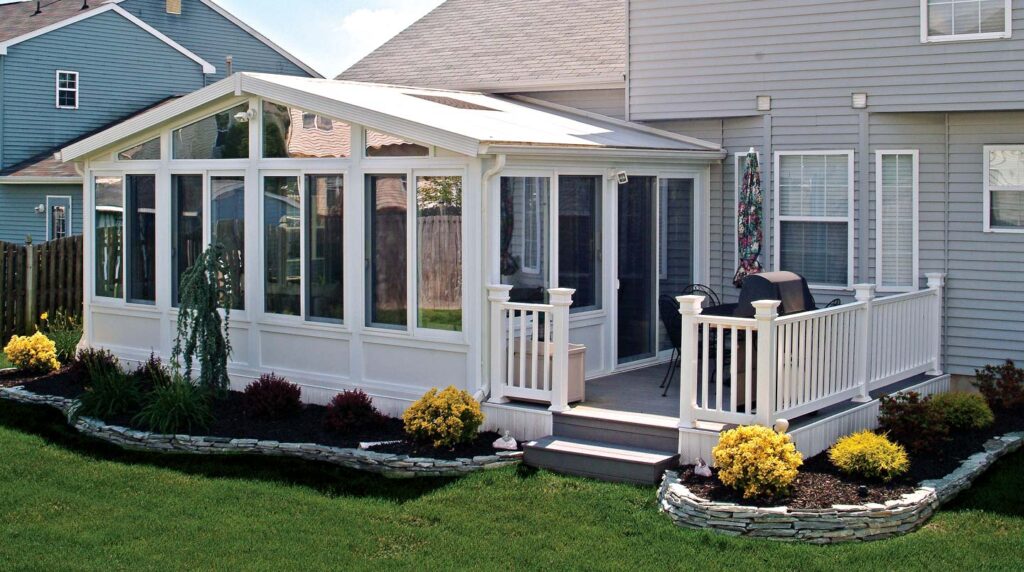
The main features of sunroom:
1、Good lighting: The most important feature of sunroom is that it can let the sunlight in fully through large glass windows or transparent materials, creating a bright and warm indoor environment.
2、Landscaping: Since sunrooms are usually closely connected to natural environments such as courtyards and gardens, they not only provide indoor comfortable space, but also add to the appreciation of the external landscape. Whether it’s a garden, a pond, or a distant mountain view, a sunroom can help occupants enjoy the view to the fullest.
3、Energy efficiency and conservation: In winter, sunrooms increase indoor warmth through the natural heat of the sun, reducing reliance on artificial heating and thus saving energy and protecting the environment. In summer, a well-designed sunroom can avoid excessive direct sunlight and maintain a comfortable indoor temperature.
4、Multi-functional use: Sunrooms can be used flexibly according to demand. For example, it can be used as a relaxation area, dining room, study, gym, or even as a greenhouse for growing plants.
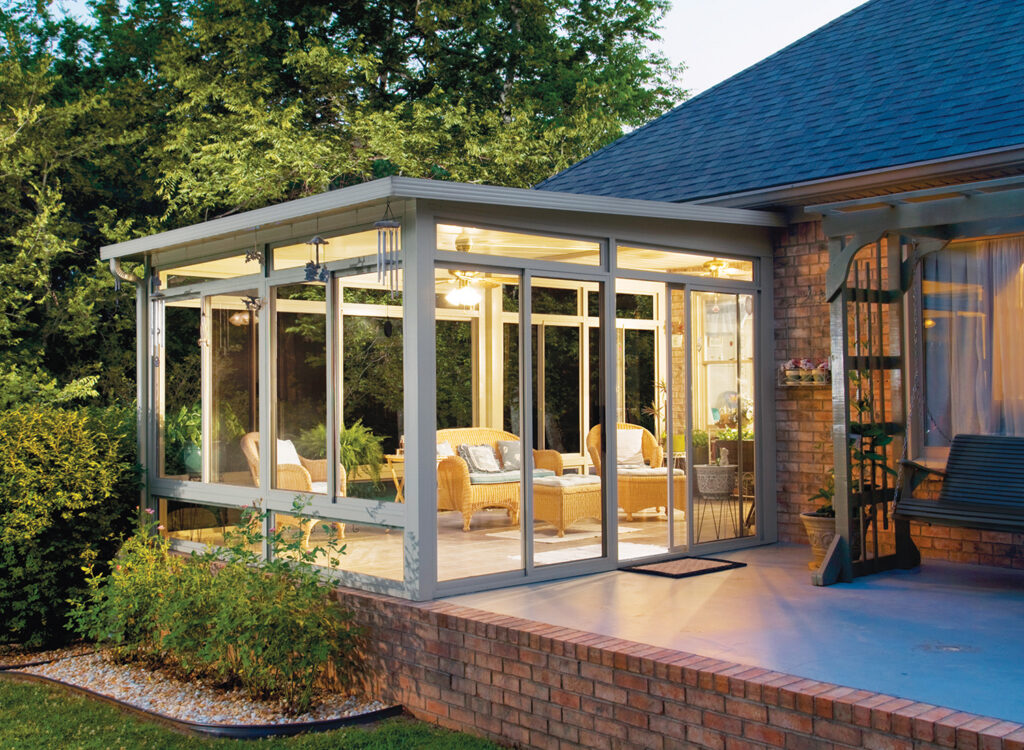


Design points of sunroom:
1. Material selection: Glass is the most common material, usually using double or triple glass, with good thermal insulation performance. There are also various choices of top materials, such as transparent glass, polycarbonate plate, and so on.
2. Thermal insulation and heat preservation: Thermal insulation and heat preservation performance are very important in the design of sunrooms. Through the use of insulated glass, shading system and proper ventilation design, it can maintain a comfortable temperature inside the sunroom and avoid overheating or overcooling.
3. Ventilation design: In order to avoid the sunroom from being too stuffy, the ventilation system needs to be considered in the design. Air circulation can usually be maintained through skylights, windows or openable structures.
4. Wind and rain protection: The exterior of the sunroom needs to be designed to be strong enough to withstand the elements, especially in harsher climates.



Advantages of Sunrooms:
1、Increased living space: sunrooms provide an additional living space for families, especially for families with smaller living areas.
2、Enhance Home Comfort: Adequate natural light helps to enhance living comfort and provides warmth especially in winter.
3、Enhance property value: A well-designed sunroom can increase the aesthetics and functionality of a property and improve the market appeal of a home.
In short, a sunroom is an architectural design that combines aesthetics, practicality and energy efficiency. Depending on the needs and climatic conditions, it can provide a better living experience for families, as well as add value and beauty to a home.
